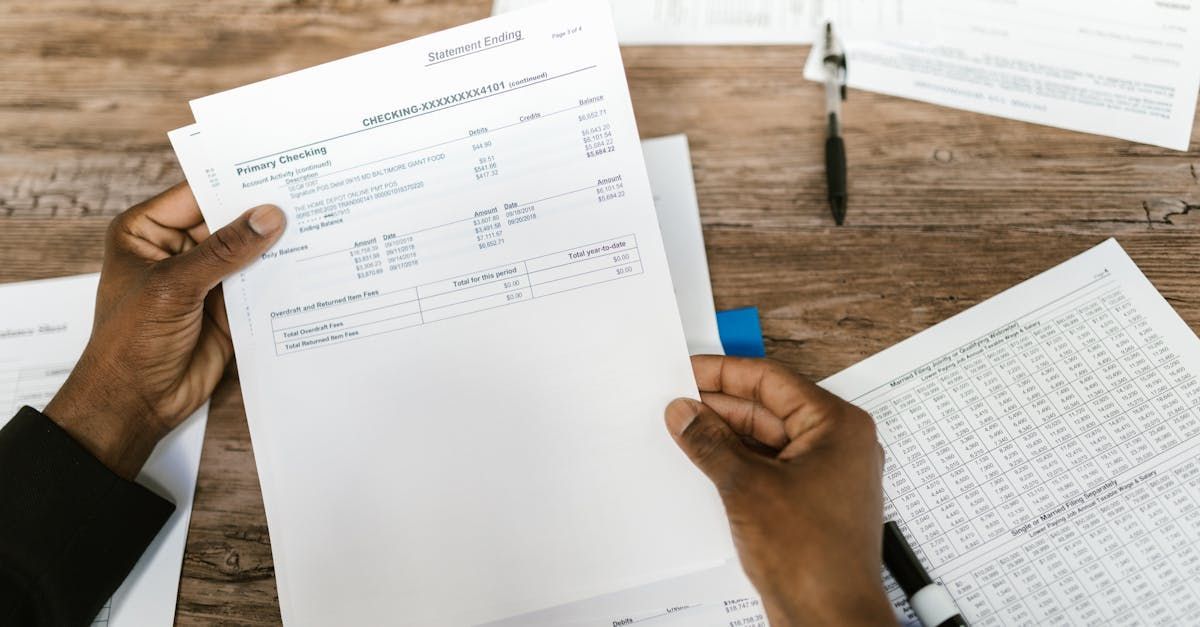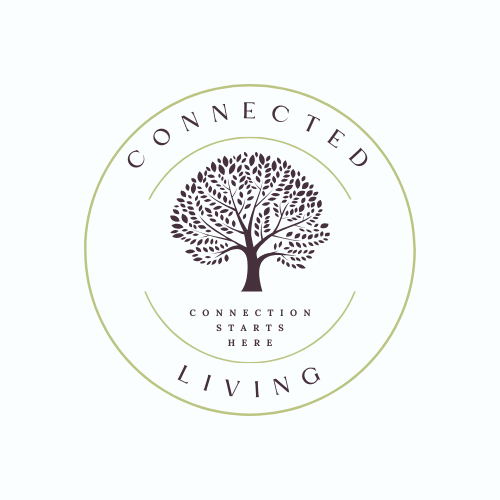Embracing Play: The Joy of Pursuing Fun

Introduction
Play is good for you. How do you use your free time? There are so many questions that I can start just shooting off. How do you "play" as an adult and what does that word even mean to you now that you are a "grown up"? When was the last time that you played? What does fun mean to you? When was the last time you laughed so hard that all your worries melted away?
I've recently read a book about play entitled Play: How it Shapes the Brain, Opens the Imagination, and Invigorates the Soul by Stuart Brown, MD. First of all, who wouldn't want to engage in something that invigorates the soul? He describes, from a physiological point of view, what is happening in our bodies when we are having fun. Coincidently, Andrew Huberman released a podcast installment solely on play. Furthermore, I use a lot of concepts from the polyvagal theory (an explanation of the response of the autonomic nervous system) in my therapy practice. Okay, so combining these resources, I'm sold on this idea that we need to play as adults as much as children. And that having fun might be seen as a personal responsibility. Let me explain.
From a polyvagal theory perspective, engaging in play activates the ventral vagal complex, which is a state of safety and prosocial behavior. When the ventral vagal system is in charge, there is less stress and increased emotional regulation as well as increased cognitive functioning. You can access this all through playing and having fun.
I'm going to use some broad strokes to explain. Play uses various parts of the brain, but here are some of the main players: prefrontal cortex (executive functioning) and the amygdala (part of the emotional response system- think fight or flight). There are also neurotransmitters (chemicals released in the brain) such as dopamine and oxytocin. The takeaway that I want to provide you is that your body responds to play, and it responds in a way that is lifegiving.
Now, what I really love, connection. Play can be a significant role in connection with anyone that you like, but more importantly, your partner. Because it soothes the amygdala and aids in oxytocin release, play is bonding. Coincidently, that's exactly what I try to do in the therapy room- build safety, which soothes the amygdala and give couples bonding moments oxytocin release. But going to therapy is not necessarily fun.
When you engage in play, you are not in a fight/flight/freeze mode. There is more room for creativity and imagination. Especially when you engage in what Andrew Huberman calls, "low stakes play", where you play to explore the outcome. Your brain can change in positive ways that are hard to access in other ways. The skill to use your Imagination has been shown to increase empathy- which is another essential element for connection (Gregory et al., 2023.
A word of caution, in emotionally focused therapy (EFT), we save the suggestions or the solutions like date night and shared hobbies until the end of the therapy. Often couples will start therapy with the solution that date night is what is needed. However, that can sound blaming or taxing or overly simplistic to the other partner. If you and your partner have had conflict over such solutions, it's hard to engage in a low stakes play state. And whatever activity you engage in won't have the same effect. From a therapeutic approach, after the negative interaction cycle has been established and bonds have been restructured, then comes the opportunity to focus on fun- even fun in the bedroom.
With that being said, go have some fun. If there is something that you know that you and your partner have fun doing, go do it. Your body will thank you.
References
Brown, S. (2009). Play: How it Shapes the Brain, Opens the Imagination, and Invigorates the Soul. Avery.- Gregory, A. J. P., Bartz, J. A., O’Connor, B. B., & Sheldon, S. (2023). From memory to motivation: Probing the relationship between episodic simulation, empathy, and helping intentions. _Emotion_, No Pagination Specified-No Pagination Specified.
- Huberman, A. (Host). (2022, February). Using Play to Rewire & Improve Your Brain. In Huberman Lab Podcast. Publisher.



